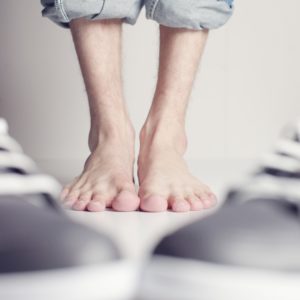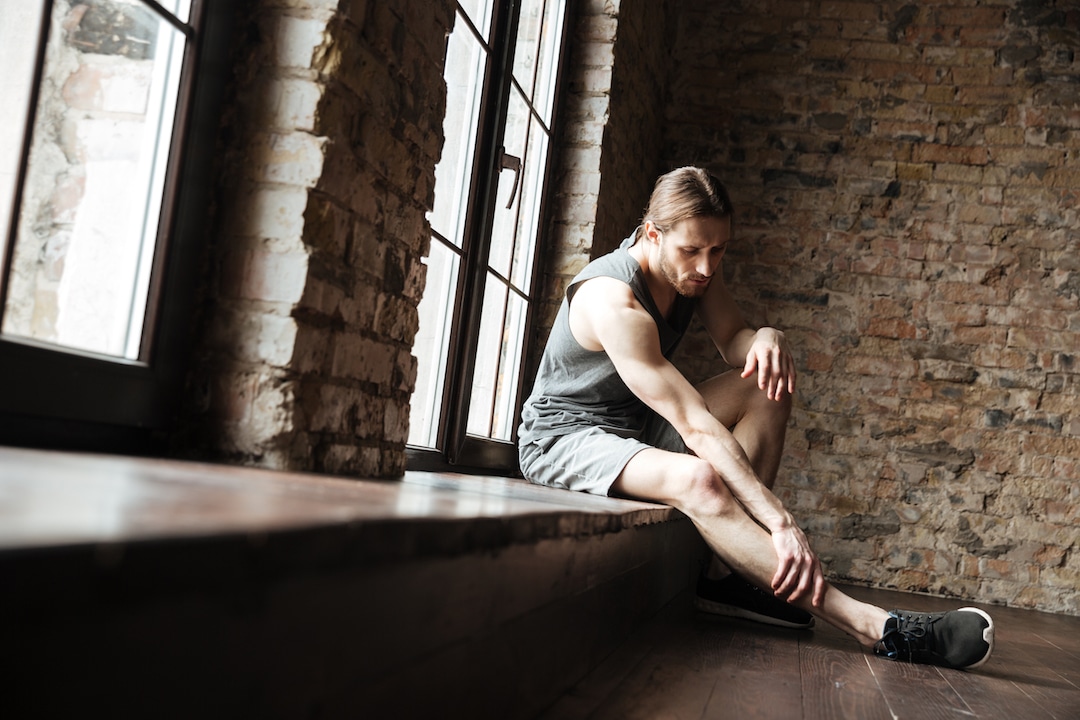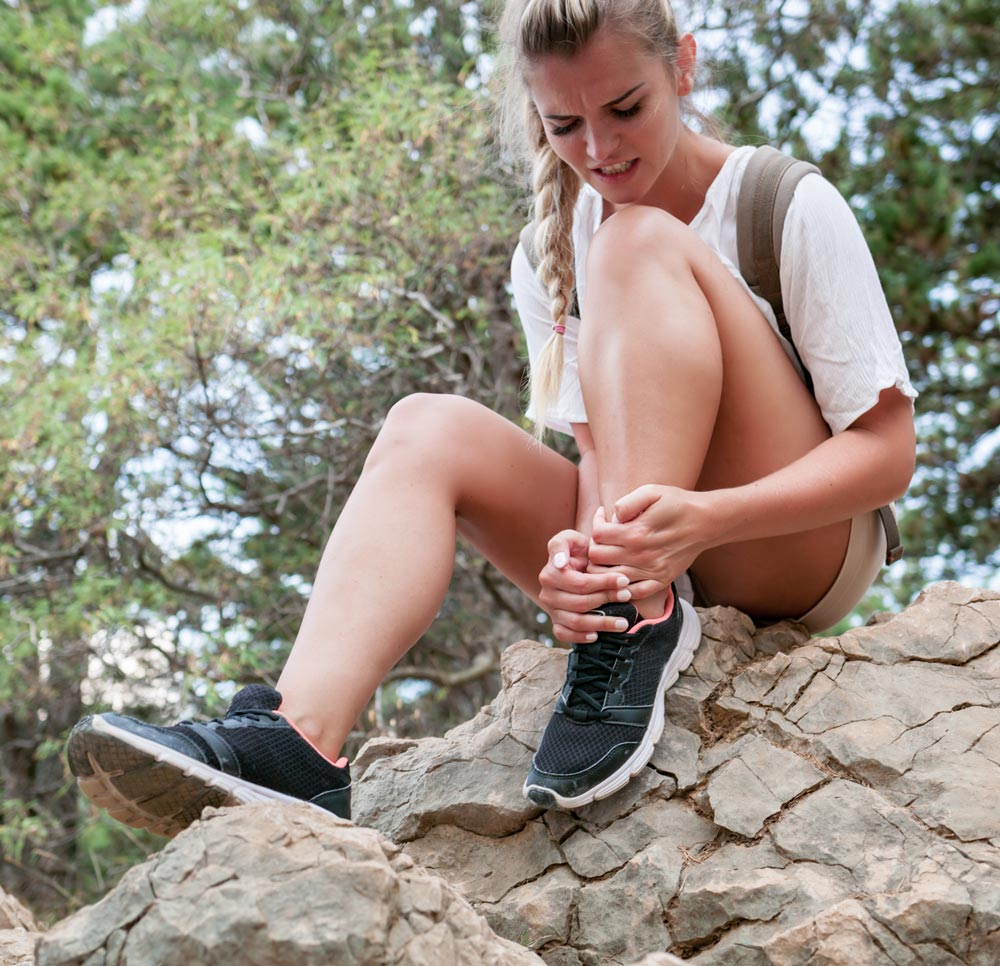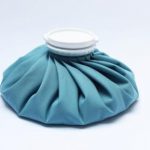Winter foot care is imperative during the “offseason”. Footwear, sporting participation, and climate are all factors that are seasonally affected. It is common to see an increase in particular problems during different seasons.
6 IMPORTANT WINTER FOOT CARE TIPS
INGROWN NAILS
With the cooler weather upon us, it’s time to pull out that enclosed footwear from the back of the cupboard. Squeezing our toes into shoes that may not be a perfect fit can put pressure on the nails, which can contribute to the onset of an ingrown toenail.
One way to avoid this nasty condition is to ensure there is enough room for the foot in the front of the shoe. Ingrown nails can come about with shoes that are too tight or have pointed toes. They may also occur in shoes that cause the foot to slip around inside the shoe.
DRY, CRACKED HEELS
Winter also usually means a reduction of atmospheric humidity (ignoring the wet weather we’ve had of late!). This often results in the skin having a tendency to dry out much faster compared to the warmer months. If your skin has a tendency to dry out, use a daily moisturiser on your feet.
Concentrating on the heels to prevent them from drying out and fissuring. Split skin on the feet can become infected very easily due to their close contact to the ground. A good moisturiser for heels will contain the active ingredient “urea”, which helps the cream absorb into the thicker skin.
SPORTING INJURY
The cooler months hold the season for many sporting codes, specifically football in all varieties. Ankle sprains and calf/ achilles trouble are  common injuries. Football boots are notorious for having a minimalist structure which, for the wrong foot, can encourage ankle instability and increase injury.
common injuries. Football boots are notorious for having a minimalist structure which, for the wrong foot, can encourage ankle instability and increase injury.
General ligament integrity, a tendency to excessively roll in or roll out, and calf tightness and restriction are a few factors that can increase the potential of injury. In addition, placement of football boot studs can also provide clues as to the onset of many aches and pains experienced on the field.
Thongs and Cracked Heels
The holidays and warm weather means that many of us are out of our comfortable, supportive work shoes and into the dreaded thong. Thongs increase shearing forces at the heel which can stimulate the development of callus of the heels. In addition, the exposed heel has more of a tendency to lose moisture and dry out – a perfect recipe for thick, dry, cracked heels.
EXERCISE
Try to squeeze it in whenever you can over the break. You’ll thank yourself. Remember to contact Pivotal Motion’s exercise physiotherapist team if exercise causes any discomfort in your feet, knees, or hips.
HIGH HEELS
New Years Eve provides a great excuse to dress up, step out, and welcome the New Year in. New Year’s day is often spent nursing a sore head and sore feet. Be kind to your feet by ensuring that you’re wearing shoes that are the right size for you. Shoes that are too tight or too loose will cause blisters, ingrown nails, and pain.
Be wary that by significantly raising your heels you shift your centre of gravity forward, placing more pressure on the balls of your feet and significantly reducing your centre of balance. Combine this with a few glasses of champagne and you’re at a higher risk of toppling over on the dance floor.
Want to Learn More?
Interested to learn more about winter foot care? Pivotal Motion can help! Call our everyday physiotherapy team today on 07 3352 5116 or book an appointment online for physio with an integrated approach.
Updated 17/03/2021








